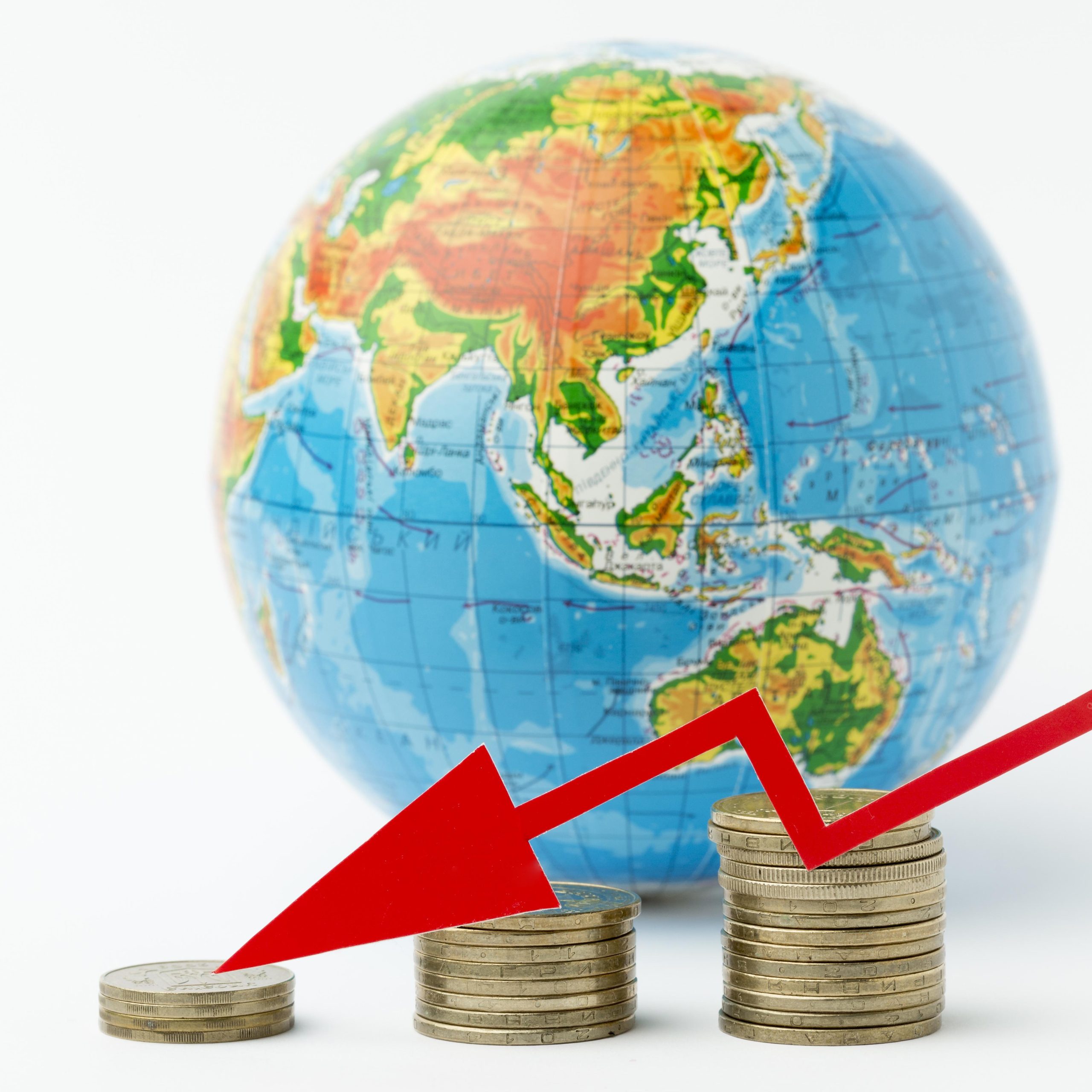
DYNAMICS OF THE GLOBAL ECONOMIC SLOWDOWN IN 2024
The global economy is experiencing a significant slowdown. The International Monetary Fund (IMF), in its October 2023 World Economic Outlook (WEO), initially projected global growth to reach 3.0% in 2024. However, in their January 2024 update, they revised this projection downwards to 2.9%. This downward revision reflects several factors, including:
Slower growth in developed economies: The IMF initially projected growth of 1.5% for developed economies in 2024, but revised it down to 1.4% due to rising interest rates implemented by central banks to combat inflation.
Moderating growth in emerging market and developing economies: While initially projected to grow to 4.0% in 2024, this was revised down to 3.9% due to the global slowdown and other headwinds like a stronger US dollar.
This revised projection of 2.9% for global growth in 2024 remains well below the historical average of 3.8% (between 2000 and 2019).
The primary trigger of the global economic downturn, especially in the US and the Eurozone, is the increase in interest rates that central banks implemented in an attempt to tamp down growing inflation. Rate increases eased concerns about inflation, but they also casted a shadow over consumer and corporate expenditure, impeding the growth of the economy overall.
Beyond monetary policy, the ongoing conflict in Ukraine has become a compounding factor. The prolonged conflict has raised geopolitical tensions, which has affected oil prices. The rise in energy costs, when combined with other inflationary factors, created an additional impediment to economic growth. Risks associated with debt sustainability and strains on the balance of payments are growing for low-income and vulnerable economies. The economic outlook for developing governments with small islands, in particular, is hampered by high interest rates, substantial debt loads, and growing vulnerability to climate change.
Outside of the Covid-19era, China’s growth this year has been the slowest since 1990, at 4.5%. China, the second-biggest economy in the world, has been struggling with declining prices as a result of issues with the real estate industry, which accounts for around one-third of its economic growth. Inflation might increase subsequently as a result of weak economic activity, a downturn in manufacturing, and poor consumer confidence.
The several developed and emerging economies that rely on trade with China have suffered as a result. A slower downtime that is deeper would hurt more. China has been the destination of over 20% of all goods exports from developing economies at the end of 2021, which is approximately five times the shares at the beginning of this century. Global growth would be lowered by roughly 0.2 percentage points if China were to grow one percentage point slower than the current negative bound.
Already many developing economies have seen an increase in global inflation. However, price pressures remain high in many nations, and any escalation of geopolitical tensions runs the risk of causing inflation to spike again.
Global inflation has surged in many developing economies, with annual inflation rates potentially exceeding 10% in about a quarter of these nations. Since January 2021, consumer prices in developing economies have cumulatively risen by 21.1%, eroding the economic gains achieved post-COVID-19 recovery. Supply-side disruptions, conflicts, and extreme weather events contribute to persistently high local food price inflation, disproportionately affecting the most vulnerable households.
In addition to raising interest rates, major central banks in developed economies, excluding the Bank of Japan, initiated quantitative tightening in 2022 and accelerated the pace in 2023 to reduce excess liquidity. This monetary tightening, including quantitative tightening, in major developed countries has significant spill-over effects on developing countries.
Many developing countries continue to grapple with high borrowing costs, limited access to international capital markets, and depreciating exchange rates. Rising borrowing costs and currency depreciations exacerbate debt sustainability risks in many developing countries. This is especially concerning at a time when developing economies need additional external financing to stimulate investment and growth, address climate change-related risks, and accelerate progress toward the Sustainable Development Goals (SDGs).
The world is striving to return to the 3.0-percent annual average observed from 2000 to 2019, representing years of sub-par growth.
THE WAY FORWARD
In the present-day global economic setting, the need for enhanced international collaboration is crucial, not only to stimulate economic growth but also to guide nations towards a more sustainable path. This necessity arises from the collective challenge of addressing intricate issues posed by persistently tight global monetary conditions.
A vital aspect of this necessity involves the strategic decisions governments must make regarding fiscal policies. Rather than pursuing counterproductive fiscal consolidations, there is a need for governments to increase fiscal support. This expansion gains significance, particularly considering the challenging circumstances faced by central banks globally as they grapple with complex trade-offs related to inflation, growth, and financial stability.
Central banks, particularly in developing countries, needs to utilize a diverse range of macroeconomic and macroprudential policy tools. These tools play a crucial role in minimizing adverse spill-over effects streaming from monetary tightening policies in more developed economies, essentially mitigating the ripple effect of economic decisions on a broader scale.
Moreso, the need for robust global cooperation initiatives becomes apparent when addressing the looming threat of debt crises. Providing adequate financing for developing countries is essential to prevent a prolonged cycle of weak investment, slow growth, and burdensome debt-servicing obligations.
In the context of climate action, it is importance to significantly increasing global climate finance. This aligns with the broader objective of facilitating a green transition, laying emphasizing on the need to adjust industrial policies for enhanced innovation, productive capacity, and resilience against environmental challenges. The transition to a greener economy becomes a central focus for sustainable development.
In conclusion, Strong international cooperation is not merely an option but a necessity for navigating the complexities of monetary conditions, debt challenges, and the urgent imperative of sustainable development that has laid constrains on the world economy.
Maryjane Eze an Economist and contributor to the sixteenth council Insight



